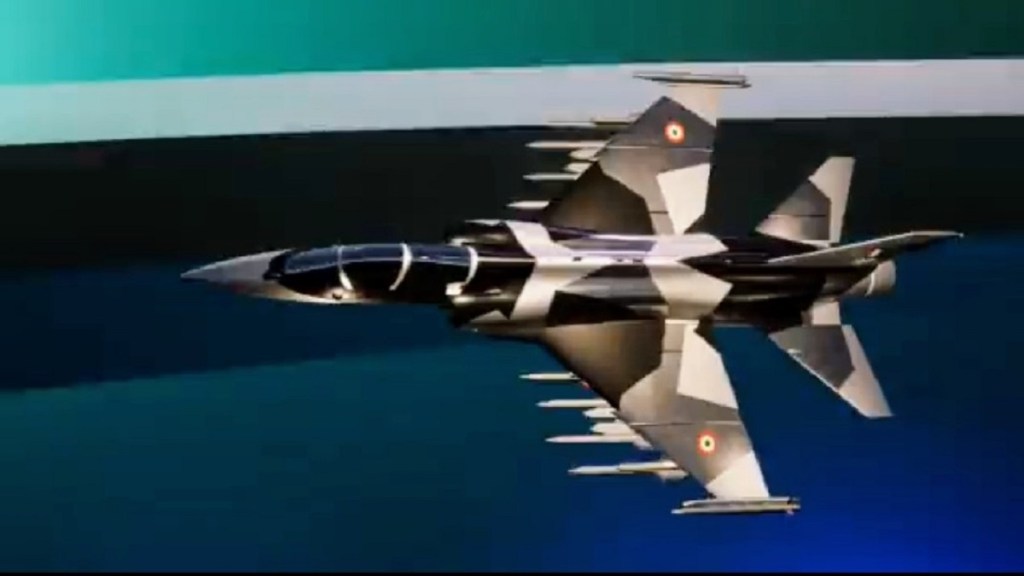The Indian Air Force is modernizing its ageing fleet of fighter aircraft. Under the ongoing plan, several crucial projects are underway which include single-seater aircraft like LCA Mk II and Advanced Medium Combat Aircraft (AMCA) and Multi-Role Fighter Aircraft (MRFA).
There is a need for the next generation fighter jet trainers for pilots which could match those requirements. India’s public sector defence entity, Hindustan Aeronautics Limited (HAL) has geared up to design and develop the next generation supersonic trainer– Hindustan Lead-in Fighter Trainer (HLFT)-42.
HLFT-42 is the ‘Next Gen Supersonic Trainer’ that will play a “critical role” in modern combat aircraft training with state-of-the-art avionics like Active Electronically Scanned Array, Electronic Warfare Suite, Infrared Search and Track (IRST) with Fly By Wire control (FBW) system, the HAL said.
The FBW replaces the conventional manual flight controls of an aircraft with an electronic interface.
While the project was conceived in 2017 by HAL, it has progressed in terms of design. According to the sources, HAL is also looking for the next-generation aero-engine of higher thrust.
According to the HAL official, the other key elements like wind tunnel testing and fabrication of the actual aircraft which will take another two years to complete.
The project will be internally funded by HAL, however, HAL is also looking to collaborate with private defence entities to jointly develop the prototype over the scale model.
HLFT-42: Key factor
Based on the frontline types, the jet trainer is aimed at subsonic jet training.
The HLFT will be equipped with advanced sensors and a weapon suite to train pilots for complex roles in a real environment.
Currently, fighter pilots are trained on three platforms – the basic trainer, the intermediate trainer, and the advanced trainer.
The basic trainer is even for helicopter pilots. For advanced training, fighter pilots train on BAE Systems Hawk 132. Advanced Hawk 132 while upgraded with avionics, lacks high-calibre sensors and radars.
Leading the program, Group Captain Harshvardhan Thakur from the project HLFT-42 points out the key weapon integration.
“[HLFT-42] will be converted into a fully-fledged fighter aircraft by integrating weapons like CCM [close combat missiles] and Astra [beyond-visual-range air-to-air] missiles, carrying up to 10 of the latter together with two ASRAAM short-range missiles,” he explained.
The 16.5-tonne jet trainer will have a higher-thrust engine than General Electric’s F404 engine, as per the sources. It could also consider the powerful GE F404 turbofan or the indigenously designed and developed GTX-35VS Kaveri engine.
The programme could also benefit from the ongoing talks over jet engine manufacturing within India with global engine manufacturers — GE and Safran.
HAL has worked out a time frame for HLFT-42 from the conception stage to induction within years.
Besides, HAL has also hinted at the export version of the new supersonic trainer.

